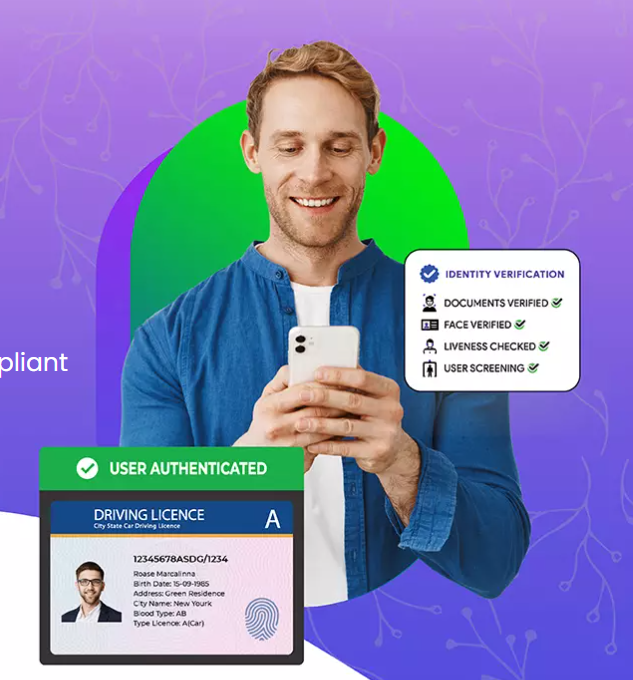In today’s digital-first world, identity verification is a crucial part of onboarding, authentication, and fraud prevention processes. As cyber threats evolve, traditional password-based systems are no longer sufficient. Advanced biometric technologies like Face Liveness Detection and Voice Verification Systems have emerged as secure and user-friendly solutions for confirming a person’s identity remotely and in real-time.
What is Face Liveness Detection?
Face Liveness Detection is a security measure used to verify whether a captured face is that of a live person and not a spoof (e.g., photo, video, or mask). This technology goes beyond simple face recognition by incorporating AI-powered algorithms that detect micro-expressions, 3D depth, skin texture, and natural movements like blinking or head turns.
This ensures that a fraudster cannot trick the system using a stolen image or pre-recorded video. Face liveness detection is commonly used in eKYC processes, remote onboarding, and secure login systems for banking, insurance, and healthcare sectors.
What is a Voice Verification System?
A Voice Verification Systems, also known as voice biometrics, uses an individual’s unique vocal features to authenticate identity. These systems analyze voice patterns including pitch, accent, tone, and speech rhythm. Since a person’s voiceprint is as unique as their fingerprint, voice verification offers a high level of accuracy.
Unlike passwords or PINs, voice biometrics cannot be forgotten or stolen easily. It enables seamless, hands-free authentication that is particularly useful in call centers, mobile banking, and smart devices.
Benefits of Combining Face Liveness and Voice Verification
The integration of face liveness detection and voice verification systems creates a multi-layered approach to identity authentication. Here’s why this combination stands out:
- Enhanced Security: Both biometric factors are difficult to fake simultaneously. This significantly reduces the risk of identity fraud.
- Frictionless User Experience: Users can authenticate quickly with a simple face scan and voice prompt, eliminating the need for complex passwords.
- Remote Onboarding: Ideal for industries that require customer verification without physical presence, such as fintech, healthcare, and online education.
- Compliance Friendly: Meets global regulatory standards including KYC, AML, and GDPR, helping businesses avoid penalties and build trust.
Real-World Applications
- Banking and Finance: Secure online transactions and digital onboarding.
- Telecommunications: Verifying users during support calls.
- Healthcare: Ensuring authorized access to telemedicine platforms.
- E-Commerce: Preventing account takeovers and fraud.
Conclusion
Face liveness and voice verification systems are revolutionizing digital identity verification by providing a secure, scalable, and seamless experience. Businesses that adopt these technologies not only stay ahead in fraud prevention but also gain customer trust and compliance advantages. As digital transformation accelerates, biometric authentication is no longer a luxury—it’s a necessity.







